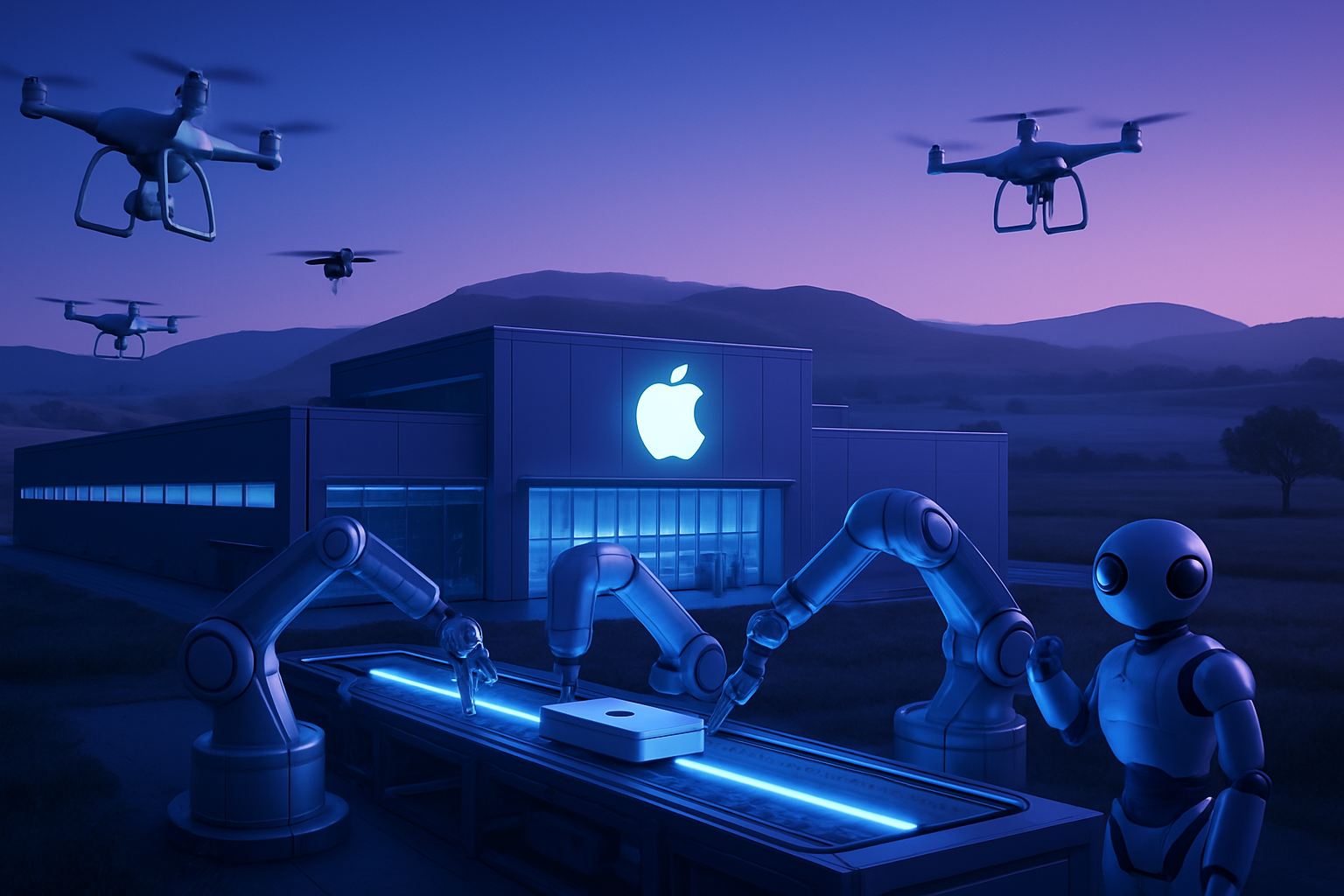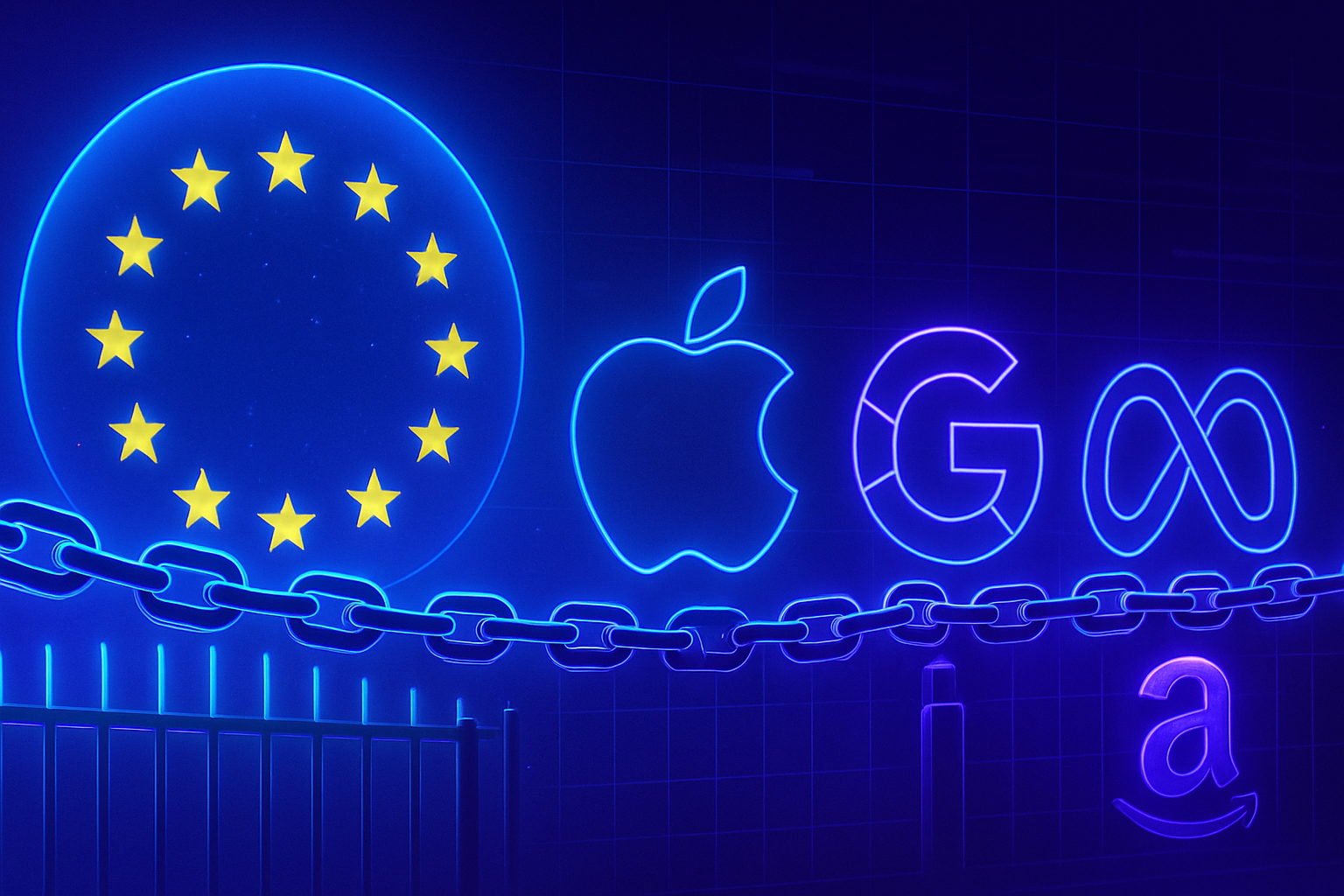Machine inverse learning raises fundamental questions about ethics and data management. Technological advancements require AI models capable of *selecting relevant information*. A significant innovation now allows these systems to ‘forget’ unnecessary data, thus providing an optimized framework for their operations.
The method developed by researchers from Tokyo University of Science promises to transform the interaction between your AI and databases. This technological challenge illustrates the crucial stakes of sustainability in machine learning while preserving users’ privacy rights.
Machine inverse learning
Researchers from Tokyo University of Science (TUS) have developed a method that allows large artificial intelligence (AI) models to “forget” selectively certain classes of data. This advancement marks a pivotal step in the evolution of AI systems, where the ability to shed obsolete information could greatly optimize performance.
Concerns about the efficiency of AI models
The progression of AI has given birth to revolutionary tools in various sectors such as healthcare and autonomous driving. As technology advances, its complexity and ethical considerations also evolve. Large-scale pre-trained AI systems, illustrated by models like ChatGPT and CLIP, have profoundly altered societal expectations regarding machines. These generalized models, capable of handling a wide range of tasks consistently, have become ubiquitous in both professional and personal spheres.
This versatility does not come without costs. Training and running such models require enormous energy and time resources, raising sustainability concerns. Concurrently, the hardware needed to run these models remains significantly more expensive than standard computers. The generalized approach can also hinder model efficiency when applied to specific tasks.
The necessity of selective forgetting
In practical applications, not all object classes require systematic classification. As noted by associate professor Go Irie, who led this research, object recognition in an autonomous driving system generally limits itself to a few key categories, including cars, pedestrians, and traffic signs. Maintaining unnecessary classes could reduce the overall accuracy of classification and lead to a waste of computational resources.
To address these inefficiencies, it is essential to train models to “forget” superfluous information, thereby refocusing their processes on their specific needs. Although some methods have already attempted to meet this requirement, they often rely on so-called “white-box” approaches, where users have access to the model’s internal architecture. However, the commercial and ethical reality often confronts us with “black-box” systems, rendering traditional forgetting techniques obsolete.
The “black-box forgetting” method
To overcome this challenge, the research team turned to derivative-free optimization, a model that does not require access to the internal mechanisms of AIs. This process, dubbed “black-box forgetting,” iteratively modifies the input instructions of the models, allowing artificial intelligence to gradually forget certain classes. This innovative approach was developed in collaboration with co-authors Yusuke Kuwana and Yuta Goto, both from TUS, as well as Dr. Takashi Shibata from NEC Corporation.
The researchers conducted their work on CLIP, a model that combines vision and language with image classification capabilities. Their methods rely on the Covariance Matrix Adaptation Evolution Strategy (CMA-ES), an evolutionary algorithm designed to optimize solutions step by step. The team was able to evaluate and adjust the instructions given to CLIP, thus managing to diminish its ability to classify certain categories of images.
As the project progressed, challenges arose. Existing optimization techniques struggled to adapt to a larger number of targeted categories. To tackle this issue, the team devised a novel parameterization strategy termed “latent context sharing.” This method segments the latent context, representing the information generated by the instructions, into more easily manageable elements for the model.
Concrete results
The tests conducted on several image classification datasets validated the effectiveness of “black-box forgetting.” The researchers successfully made CLIP forget about 40% of the target classes, without accessing the internal architecture of the model. This project marks the first successful attempt to induce selective forgetting in a dissociated vision-language model, yielding promising insights.
Implications for the real world
This technical advancement opens significant prospects for applications where specific accuracy is crucial. Simplifying models for particular tasks could make them faster, more resource-efficient, and usable on less powerful devices. This would accelerate the adoption of AI in previously deemed impractical fields.
In the realm of image generation, the removal of entire visual categories can prevent the creation of undesirable or harmful content, whether offensive material or misinformation. A critical concern remains the issue of privacy.
AI models, especially large-scale ones, are frequently trained on massive datasets containing sensitive or obsolete information. Requests for the deletion of such data, related to laws advocating for the “Right to be Forgotten,” pose notable challenges. Retraining models entirely to exclude problematic data requires considerable resources and time, while the risks associated with their retention can lead to profound consequences.
Professor Irie also emphasizes that “retraining a large-scale model consumes enormous amounts of energy.” Thus, the concept of “selective forgetting,” or machine unlearning, could offer an efficient solution to this problem. These privacy-focused applications are even more relevant in sensitive sectors such as healthcare and finance.
The “black-box forgetting” approach outlined by researchers from Tokyo University of Science represents a significant turning point in AI development. It has transformational potential in terms of adaptability and efficiency while establishing essential safeguards for users. Concerns about potential abuses remain, but methods such as selective forgetting demonstrate the proactive efforts of researchers to tackle pressing ethical and practical challenges.
See also: Why QwQ-32B-Preview is the reasoning AI to watch
Do you want to know more about AI and big data? Check out the AI & Big Data Expo taking place in Amsterdam, California, and London. This comprehensive event will run alongside other renowned events such as Intelligent Automation Conference, BlockX, Digital Transformation Week, and Cyber Security & Cloud Expo.
Discover other enterprise technology events and webinars hosted by TechForge here.
Tags : ai, artificial intelligence, ethics, machine learning, privacy
Frequently Asked Questions
What is machine inverse learning?
Machine inverse learning refers to the ability of AI models to “forget” certain data in order to improve their efficiency and respect ethical considerations, including privacy.
Why is it important for AI models to forget certain data?
It is crucial for AI models to forget certain data to avoid over-classification, reduce resource consumption, and comply with laws such as the “Right to be Forgotten.”
How did the researchers at Tokyo University of Science develop their forgetting method?
The researchers developed a method called “black-box forgetting,” which modifies the input instructions of the models to allow them to gradually forget specific data classes without accessing their internal architecture.
What are the main advantages of “black-box forgetting”?
Advantages include optimization of model performance for specific tasks, reduction of computing resource needs, and a proactive approach to privacy issues.
Is this forgetting method applicable to all types of AI models?
While designed for “black-box” type models, the method can be adapted to different types of AI models, especially those widely used in commercial applications.
What challenges did the researchers face when applying this method?
Challenges included scaling the technique to a large number of targeted classes, leading researchers to develop an innovative parameterization strategy named “latent context sharing.”
How can inverse learning benefit fields like healthcare or finance?
In sectors like healthcare and finance, inverse learning allows the removal of sensitive information from models, thereby helping to protect personal data and ensure legal compliance.
What are the risks associated with forgetting data in AI?
Risks include the possibility of losing useful information if the model forgets essential data, as well as data integrity issues if forgetting is not properly managed.
How can companies implement inverse learning?
Companies can integrate inverse learning by collaborating with researchers to develop models tailored to their specific needs while adopting ethical practices regarding data management.






